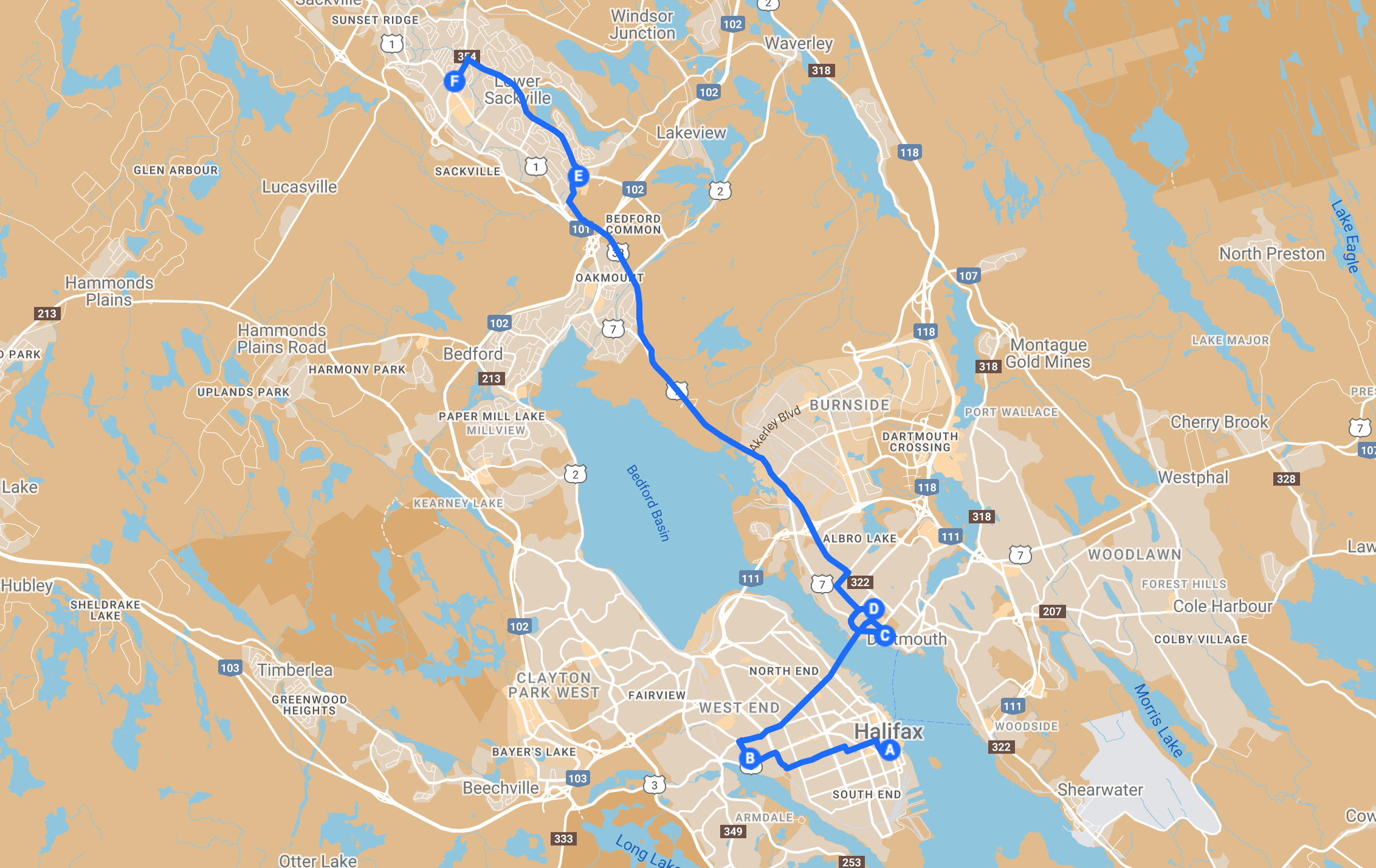This is merely an idea and is not under consideration by any decision-making folks at city hall.
The Idea in a Nutshell
The problems people living rough run into during cold, rough weather are intense. So, introduce a nightly warming bus service in HRM, focusing specifically on the coldest hours of the day, from 10 pm to 6 am. The service would establish a warm, safe, and welcoming environment for the homeless during the harsh winter months. Halifax Transit buses would be used.
So, you’re probably thinking, this idea has been done before. But, the concept extends far beyond merely parking a bus in a lot.
Delving into the Details
The Comfort Connector would follow a predefined route, servicing significant areas where those that are living rough are located. Reach those in need, especially in remote locations, that are a fair distance from existing warming centers. This service wouldn’t be seasonal. It would be designed to operate during unusually inclement periods. Existing warming centers are at either end of the route. This also helps to plan warming centers to be opened in areas that we might not have known were be needed before. Bus it, use it.

(Click to enlarge)
Staffing and Partnership
Each bus would be staffed with trained outreach employees. They could provide basic assistance and information about additional support services. Staff members would be trained in first aid, conflict resolution, and empathy, ensuring they are well-prepared to meet the diverse needs of our riders. A variety of options are available for security if needed.
Community Collaboration
Partnerships are pivotal, and collaborations with local shelters, non-profits, and government agencies would be an absolute necessity. The plan would also include partnerships with local health and social services to provide on-the-spot support and referrals as needed.
Finances and Funding
This idea requires financial resources. An initial budget would be devised, considering costs for vehicle operation, staffing, maintenance, and ancillary support services. Potential funding sources would encompass municipal funds, grants, and collaborations with local businesses and philanthropists.
Continuous Improvement
Establish a framework for ongoing evaluation of the service’s effectiveness and impact. Feedback from users, staff, and community partners are vital in adapting and improving the service over time.
It’s not a complete solution, it’s a step towards offering help.
Like all ideas, it’s got its kinks. Even the name isn’t perfect.
Would it work here? What do you think?